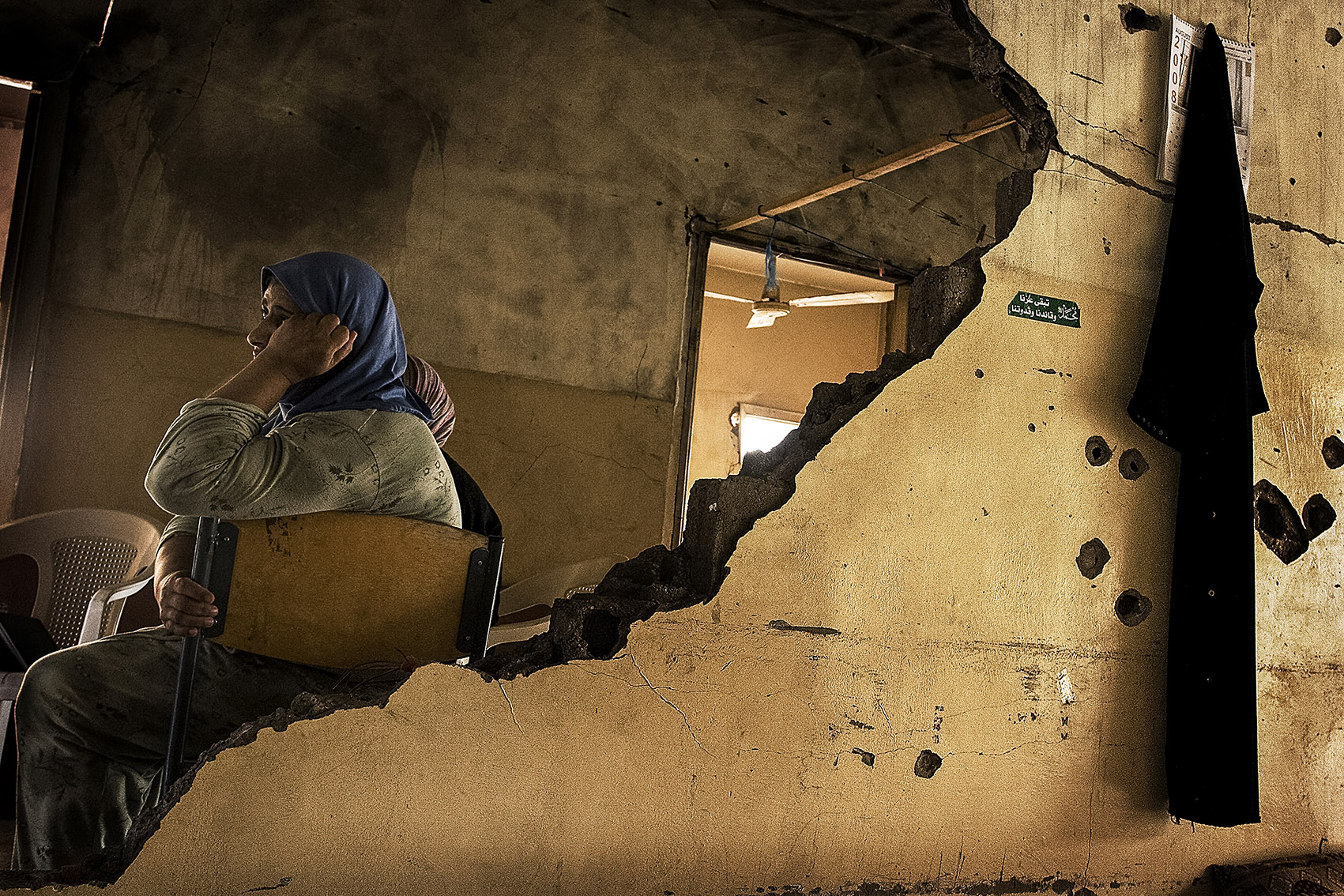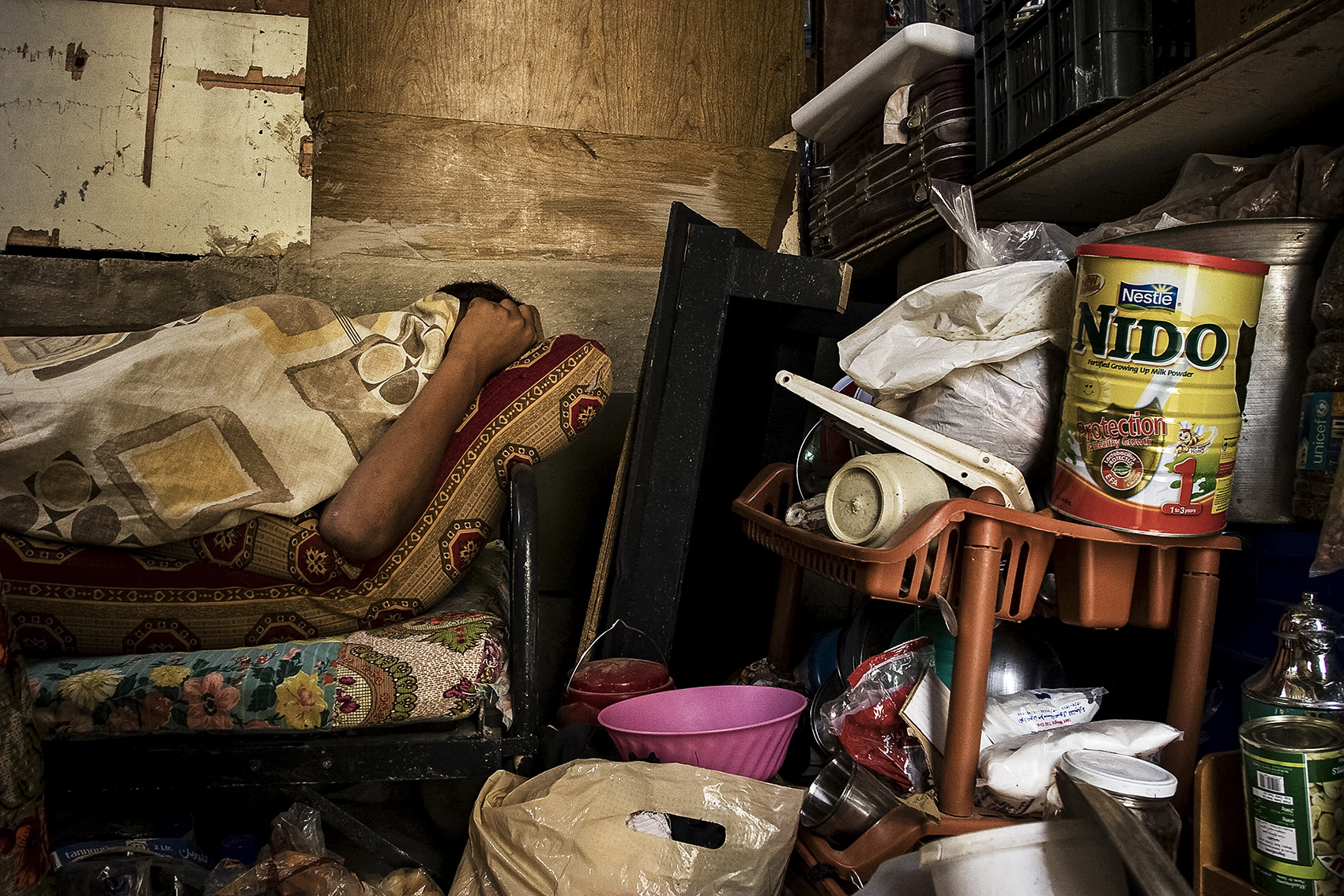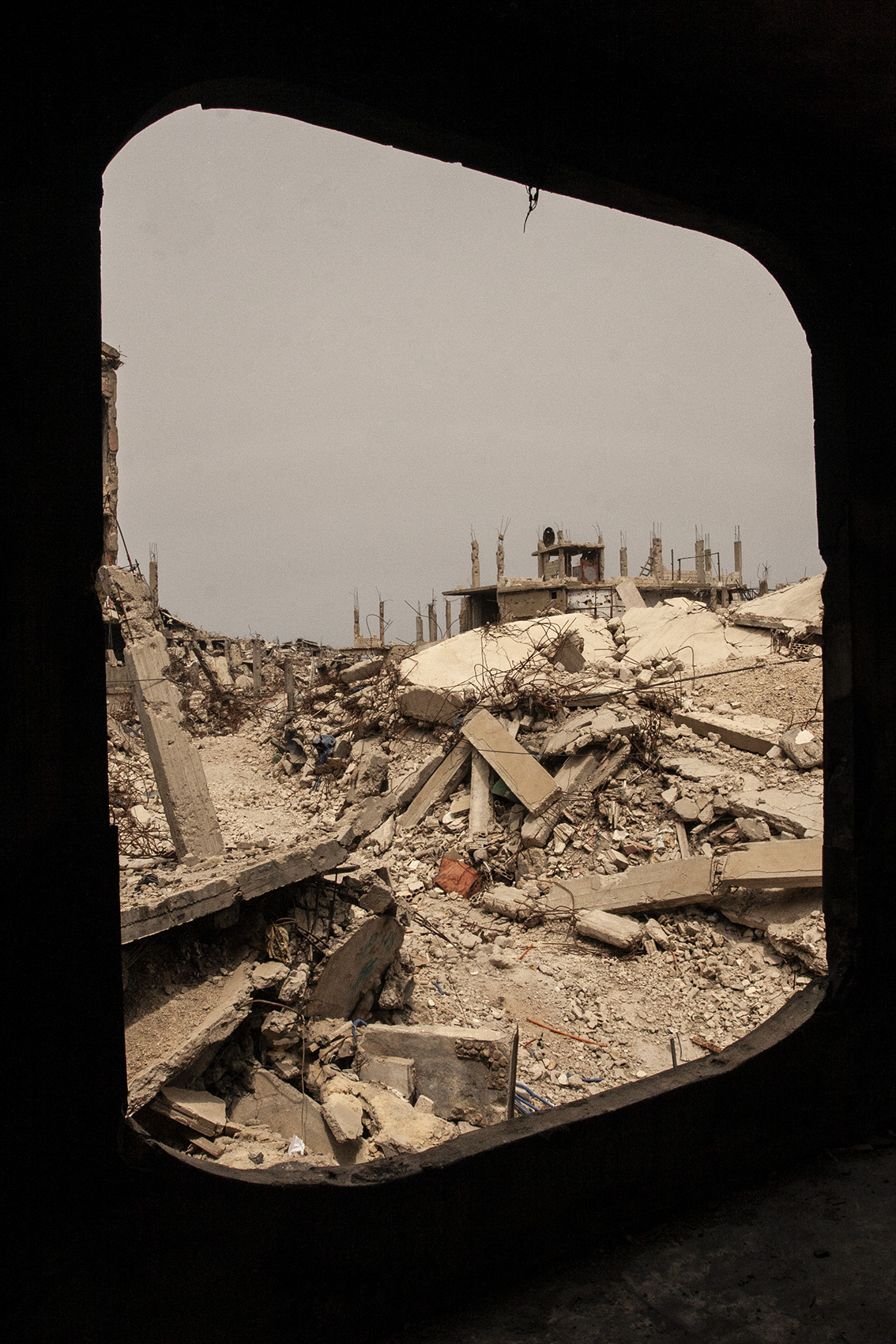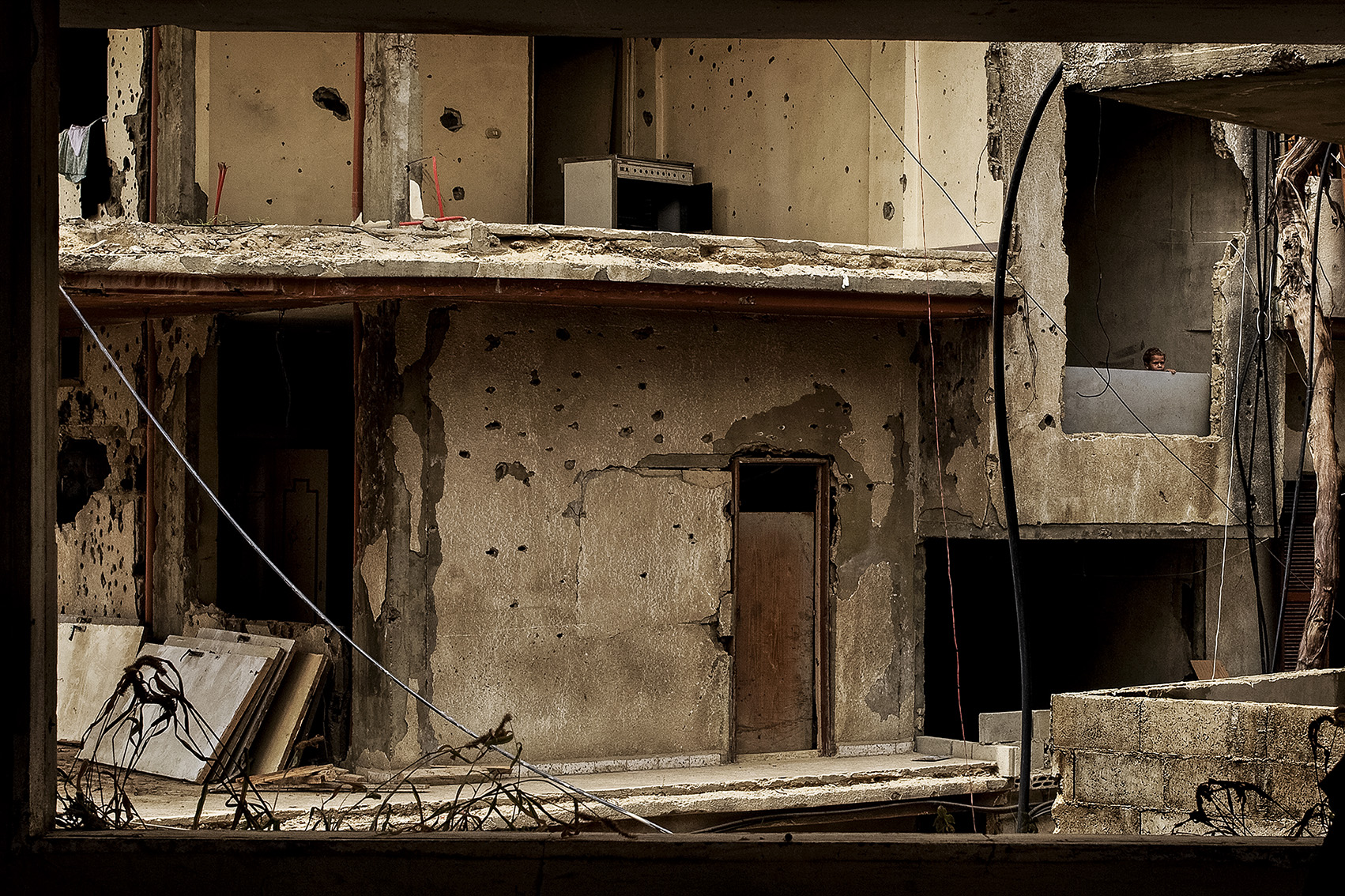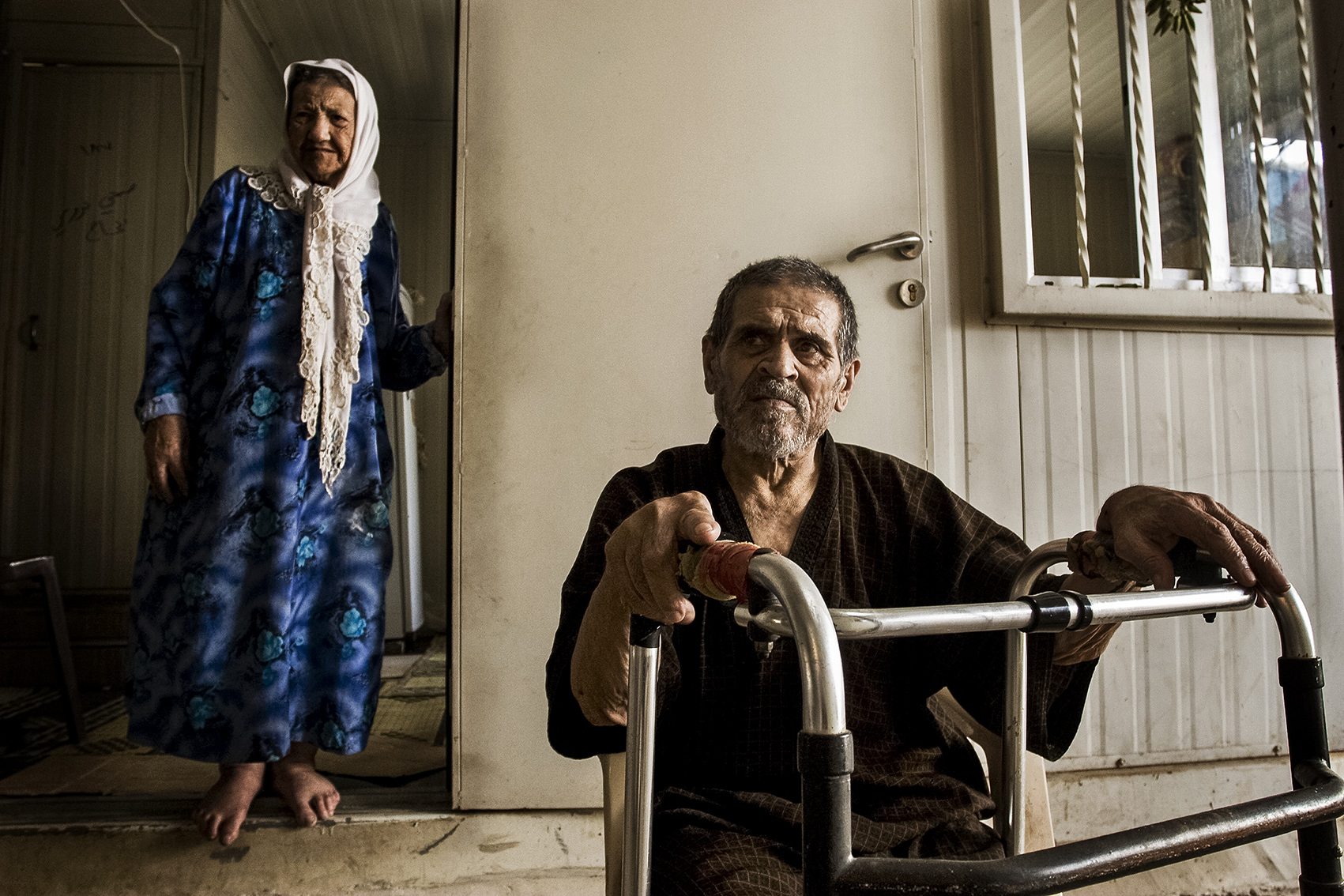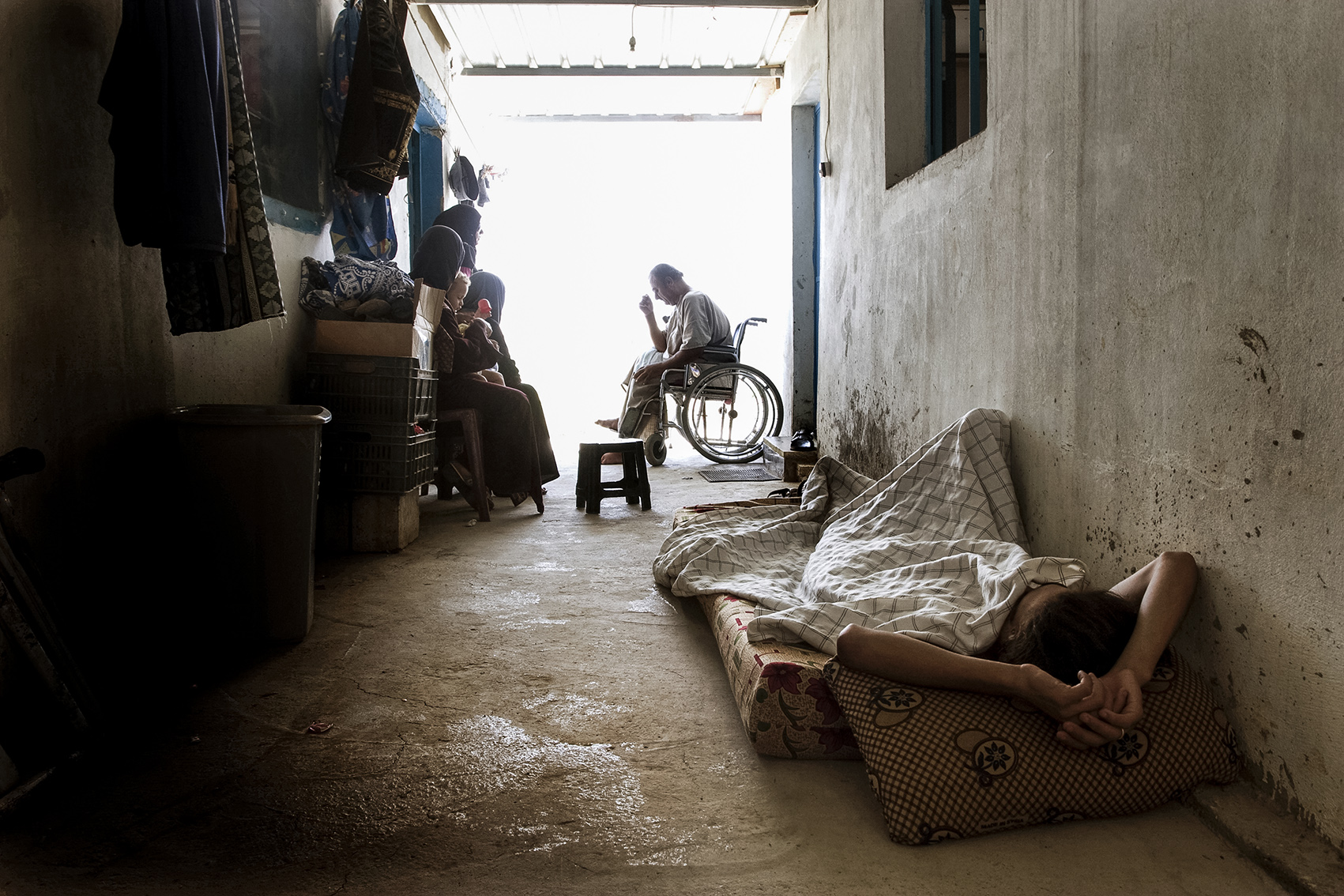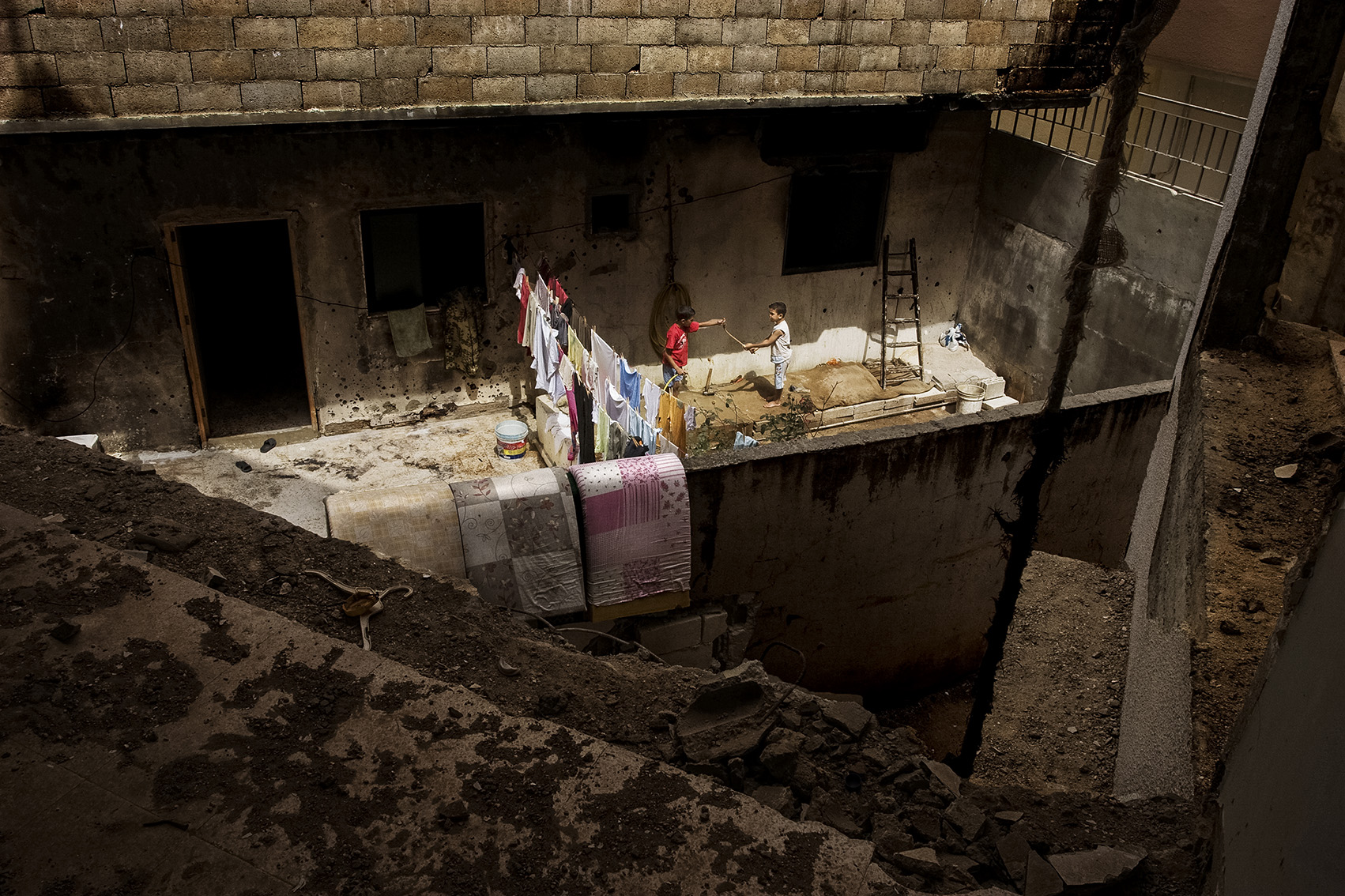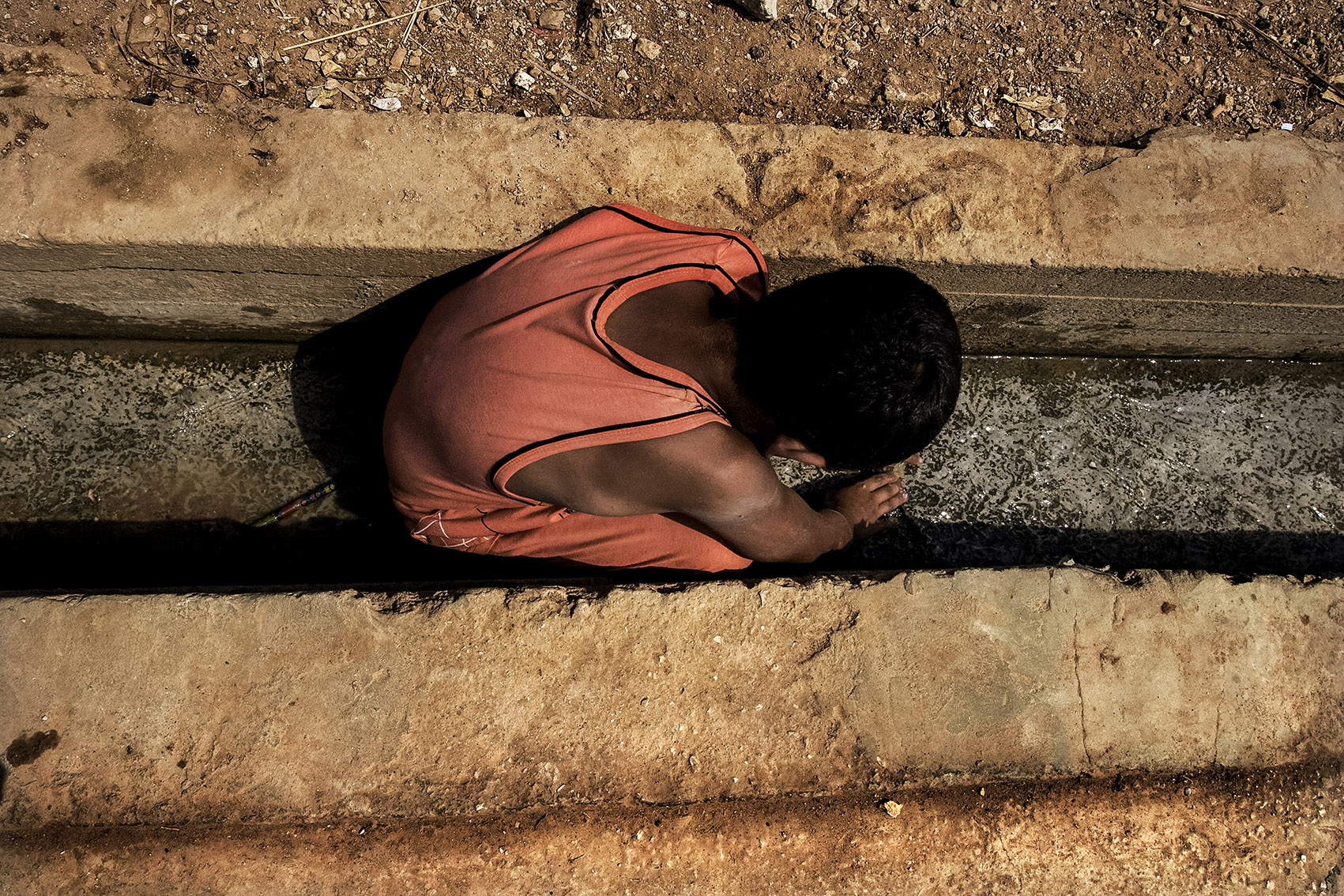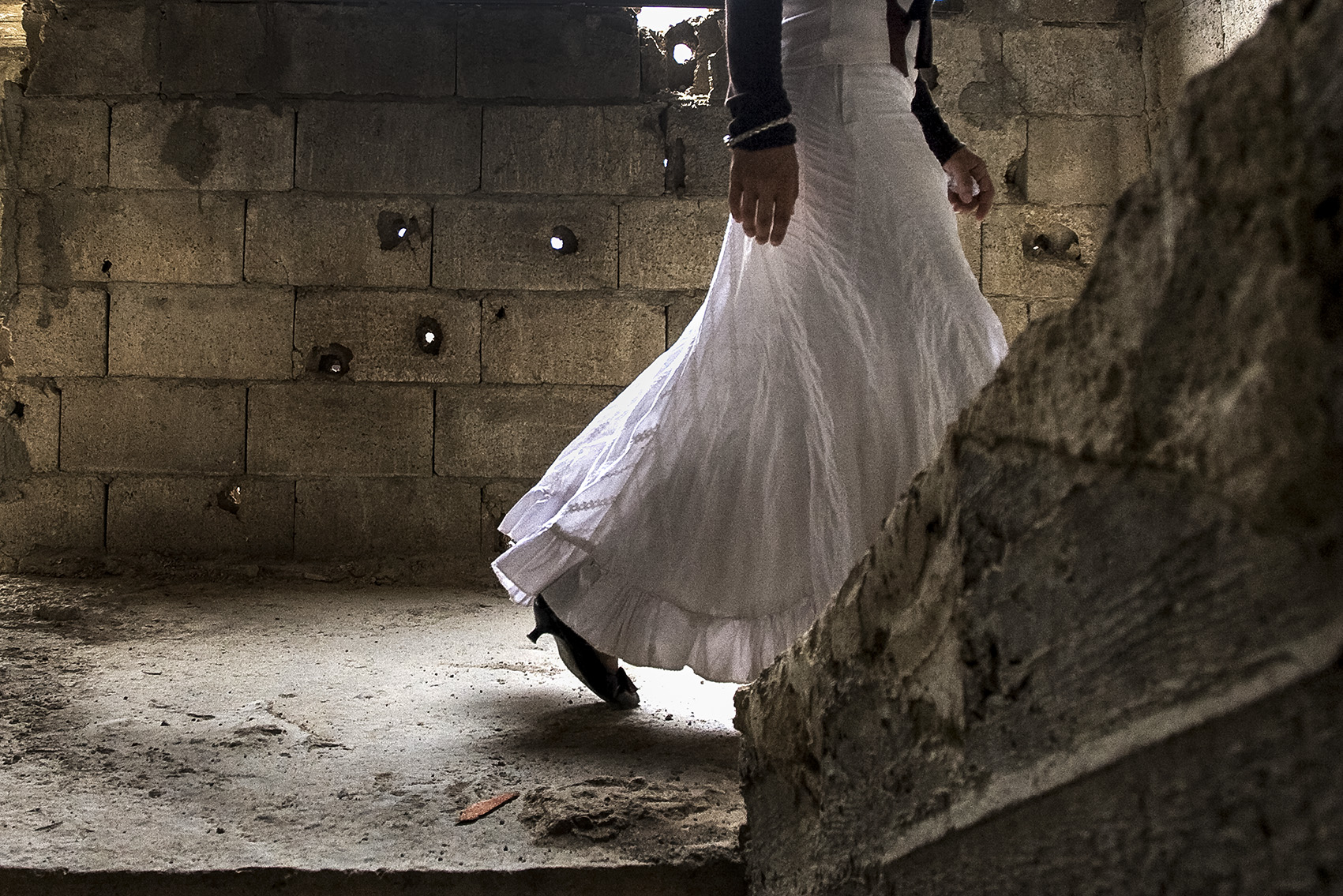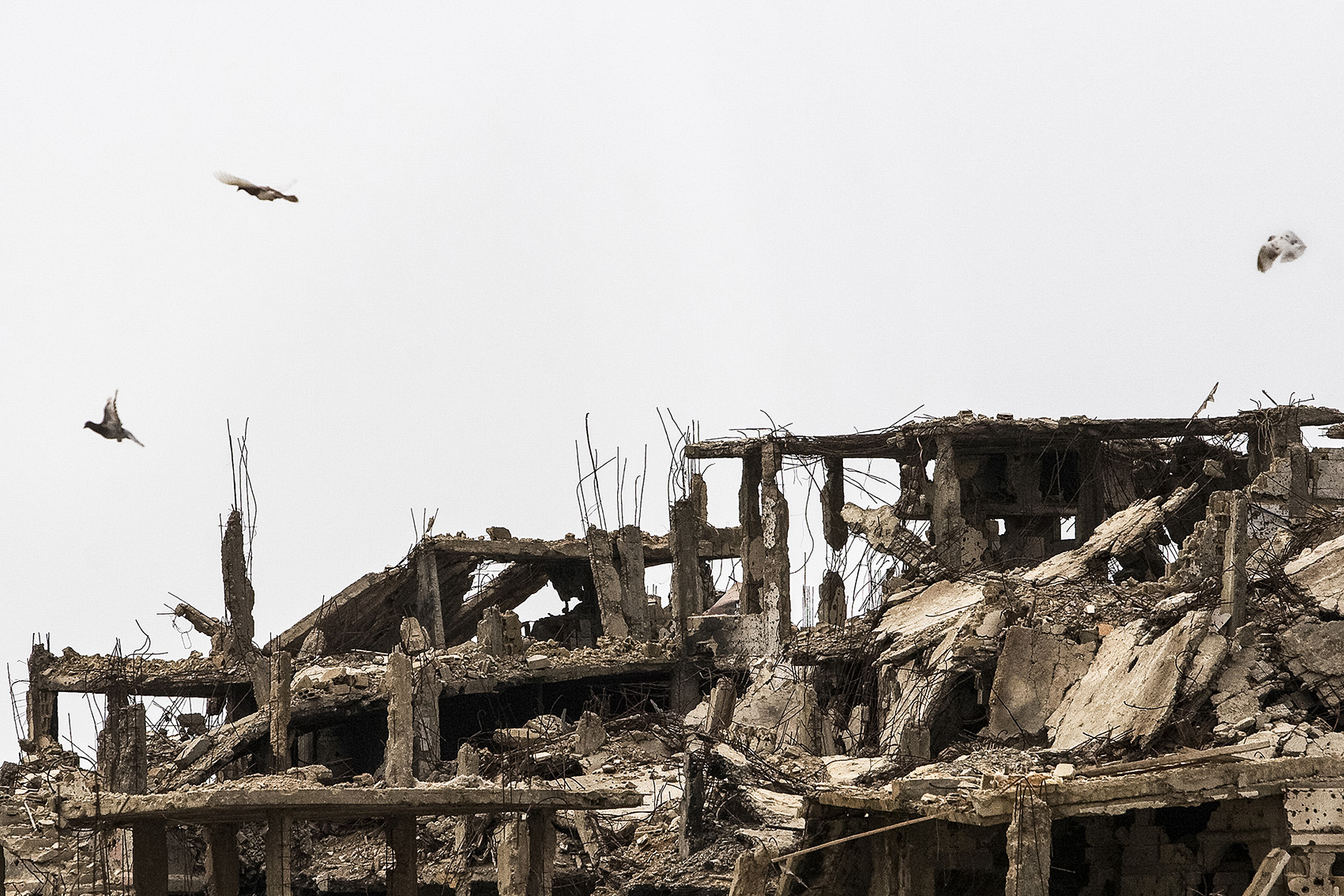NAHR EL BARED – Lebanon
NAHR EL BARED, LEBANON. 2008
In the 2007, the Lebanese military force surrounds Nahr el Bared, a city to the north of Tripoli. The most of its population is Palestinian. The attack is motivated by the presence of 200-300 militants of Fatah Islam. The Lebanon Government wants to catch them, but the military action will destroy also the urban environment and the social structure of the city. From the 27th of May 2007 until the beginning of September, the Lebanese force bombards the city by ground using artillery weapons. There isn’t a bombardment with the air force: it would have been more destructive, but certainly quicker. So the citizens of Nahar el Bared (previously evacuated) are cut off in a desperate and painful waiting by a slow long rain of fire for three months. In this period they try – mostly in vain – to come back home and salvage their things or put them in a safe place. During the war, there are also bloody fights between Lebanese soldiers and rebels on the streets and into the houses.
In spite of the evacuation, the dead among the civilians were more than one-hundred. More over, after the end of the hostilities, many people have been injured or killed by unexploded mines. At the moment, all the toxic dust of bombs and explosions is polluting the whole zone: this is a serious danger, first of all for children’s health. They are growing up between ruins and rubble.
The centre of Nahr el Bared is completely destroyed. Lebanese soldiers are on the alert night and day. It has been fenced and nobody can go in.
All around the centre there’s a sort of ring where the families are trying to rebuild their houses and start a new life with the support of the international community and humanitarian aids. Also this zone is watched by the Lebanese army, not only by soldiers, but also by plain-clothes watchers. It’s impossible to go in without a special permit for a term of two months. Only those who have come back to live in Nahr el Bared and the International NGO that work in this area can get it. Nor reporters neither photographers are allowed to enter. Obviously, this means that it’s very difficult to get knowledge of the of Nahr el Bared tragedy: the inhabitants were 35.000 before the war, now only 3.500 families are living in what remains of their houses.





